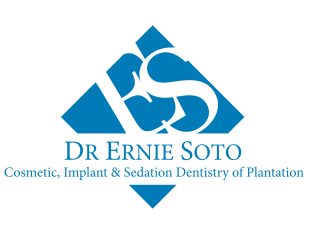Going to the dentist and having a procedure or surgery done can be difficult for people with dental fears or phobia. It’s partly a fear of pain and partly not knowing what to expect. Your dentist can give a detailed explanation of what to expect during a dental procedure.
Fortunately, different types of dental sedations can be used for dental procedures and surgeries. Still, many people are apprehensive about being unconscious during a procedure. If this sounds like you, you can remain conscious during a procedure and not feel pain and anxiety.
Let’s take a closer look at your options.
Local Anesthesia
Local anesthesia used in dental clinics such as Novocaine is injected into the gum line to numb it. The area will feel completely numb in as little as a few minutes. You will remain awake and sedated, but you will feel reduced sensations and no pain throughout the procedure. Since dental procedures are mostly not time-consuming and are outpatient procedures, local anesthesia is commonly used. However, lengthier procedures may require the patient to be sedated for longer. Local anesthesia is commonly used for cavity-fillings.
Sedation Dentistry
Also known as sleep medicine, sedation dentistry is a great option for lengthier dental procedures that require deeper sedation. A sedative is often combined with a local anesthetic for optimum patient comfort. Three types of sedation can be used by the dentist.
Nitrous Oxide
The dentist combines a local anesthetic with nitrous oxide or laughing gas. You breathe in the medication and gas through a mask. The mask stays on for the duration of the procedure. You will remain conscious throughout the procedure, albeit sedated.
Oral Sedation
The dentist provides medication — usually Halcion — to take orally before the procedure. Depending on the dosage, minimal, moderate, and deep sedation can be achieved. Minimal sedation will put you in a dreamlike state, however, still very much awake. Moderate and deep sedation may make you fall asleep, but it should be easy to wake you. With oral sedation, you can follow your dentist’s instructions during the procedure.
IV Sedation
Another delivery method of a sedative is intravenously or through a vein. The advantage of IV sedation is that the dentist can adjust the level of sedation throughout the procedure. With IV sedation, you will be in a semi-conscious state and have little or no memory of the actual surgery.
Sedation dentistry requires additional training and a license to practice. For your safety, make sure to choose a dentist with sedation certification.
IV Sedation Dentistry in Plantation, Florida
Dr. Ernie Soto offers IV sedation to his patients with dental anxiety or phobia. With IV sedation, patients get an anxiety- and pain-free experience. Since Dr. Soto is certified in this sedation technique, you will be in good hands. In our Plantation dental clinic, we strive to create a positively memorable experience for our patients. If you have any questions or would like to set up an appointment with Dr. Soto, call our clinic at (954) 368-6264 or use our appointment request form.
